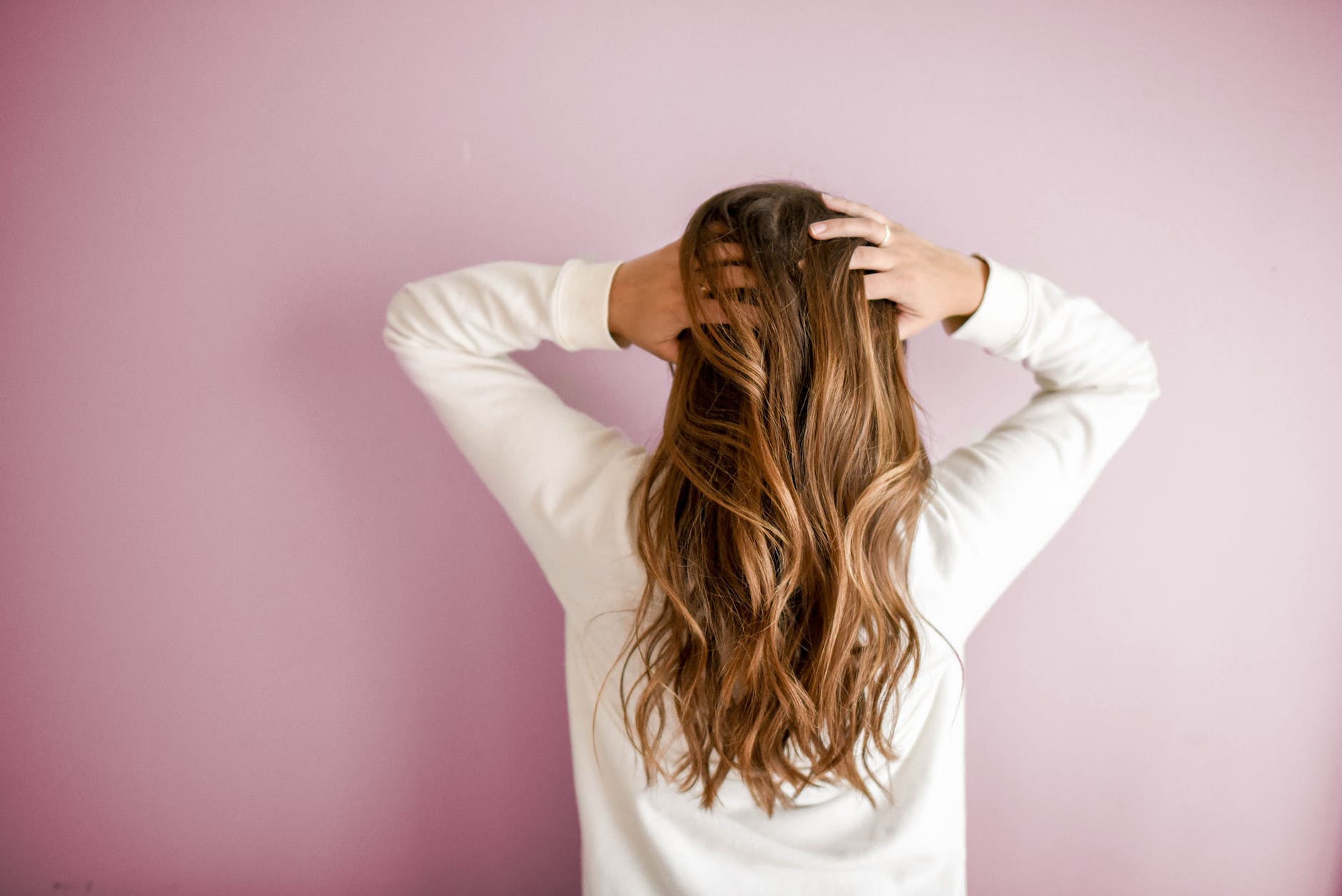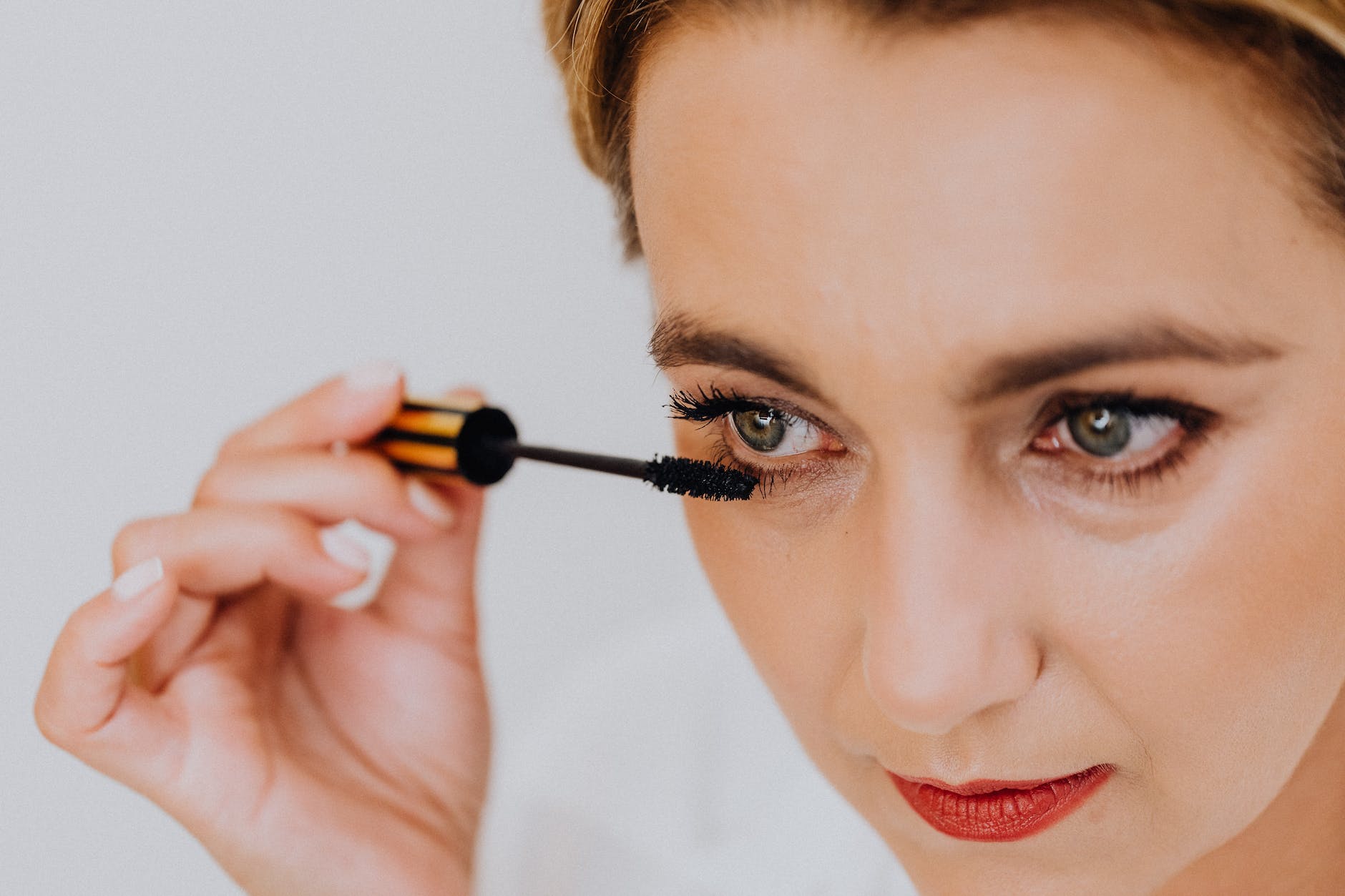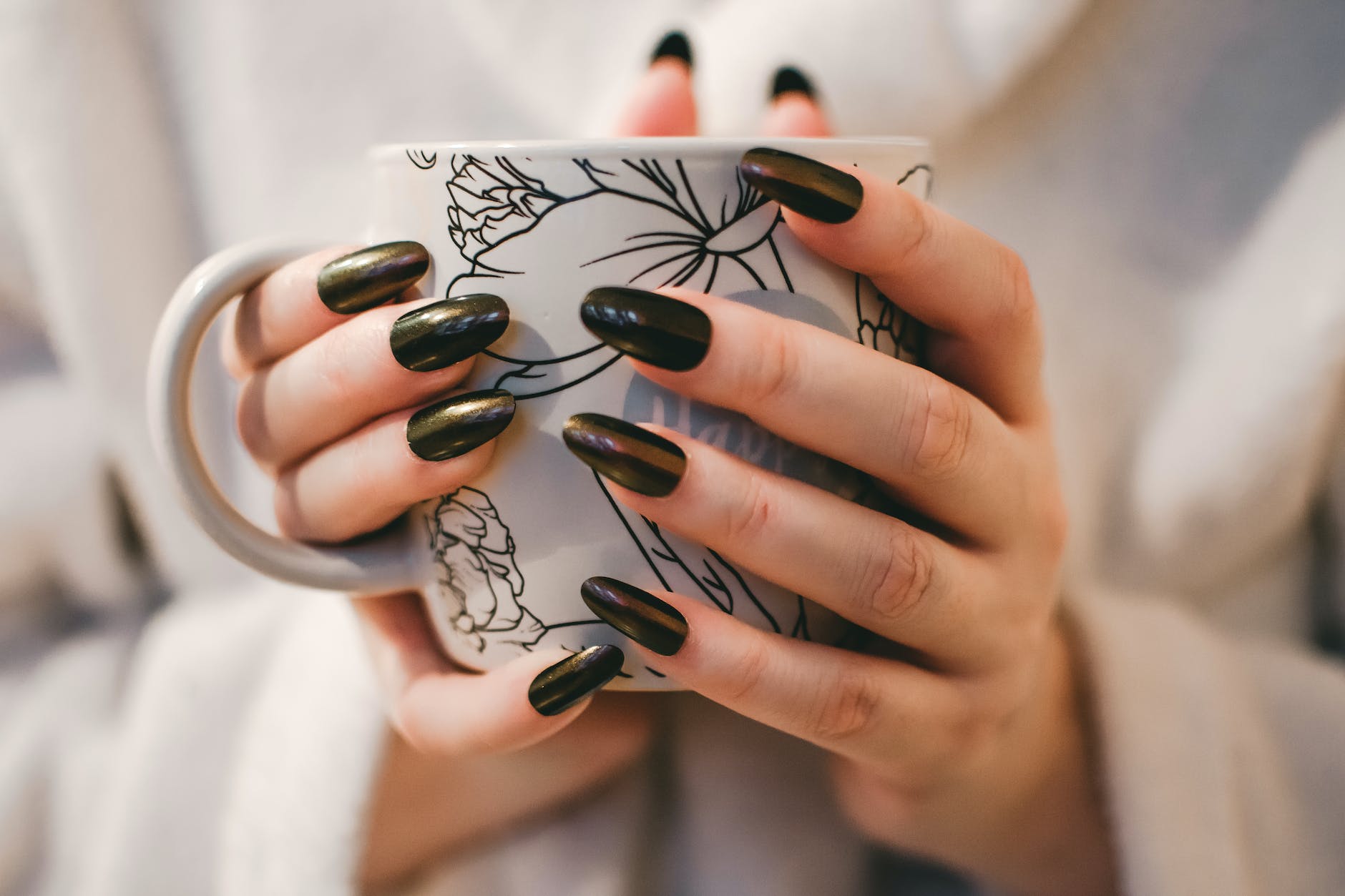Hair straighteners, also known as flat irons, are an essential tool for many people who want to achieve a sleek, smooth hairstyle. Whether you have curly, wavy, or frizzy hair, a good quality hair straightener can help you achieve a polished, straight look that lasts all day. In this blog post, we will dive deep into the world of hair straighteners, exploring their features, benefits, and how to choose the right one for your hair type.
What is a Hair Straightener?
A hair straightener is a device that uses heat to straighten hair. It consists of two flat plates that clamp together, with the hair sandwiched between them. When the plates are heated, they smooth the hair and straighten any curls or waves. Hair straighteners can be made from a variety of materials, including ceramic, tourmaline, titanium, and even gold.
Types of Hair Straighteners
There are two main types of hair straighteners: ceramic and titanium.
Ceramic hair straighteners are the most common type and are great for everyday use. They distribute heat evenly and are gentle on the hair, making them a good option for those with fine or damaged hair. Titanium hair straighteners, on the other hand, heat up faster and are more durable, making them a good option for those with thick, coarse hair.
In addition to these two types, there are also hair straighteners with tourmaline or gold plates. Tourmaline hair straighteners produce negative ions that help smooth the hair and reduce frizz. Gold hair straighteners, on the other hand, are less common but are believed to be gentler on the hair.
Features to Look for in a Hair Straightener
When choosing a hair straightener, there are several features to consider:
Plate size: The plate size determines how much hair you can straighten at once. Larger plates are better for thicker hair, while smaller plates are better for finer hair.
Temperature settings: Look for a hair straightener with adjustable temperature settings, as different hair types require different heat levels. Fine or damaged hair should be straightened at a lower temperature, while thick or coarse hair can handle higher temperatures.
Plate material: As mentioned earlier, hair straighteners can be made from a variety of materials. Ceramic and tourmaline plates are gentle on the hair, while titanium plates heat up faster and are more durable.
Shape: The shape of the hair straightener can affect how easy it is to use. Flat irons with rounded edges can be used to create curls or waves, while straight-edged irons are better for achieving a sleek, straight look.
Benefits of Using a Hair Straightener
Using a hair straightener can have several benefits:
Sleek, polished look: Hair straighteners can help you achieve a sleek, straight look that lasts all day.
Versatility: Many hair straighteners can also be used to create curls or waves, making them a versatile styling tool.
Reduced frizz: Hair straighteners can help reduce frizz and flyaways, leaving your hair looking smooth and shiny.
How to Use a Hair Straightener
Using a hair straightener is easy, but it’s important to follow some basic steps to ensure the best results:
Step 1: Start with clean, dry hair. Use a heat protectant spray to protect your hair from heat damage.
Step 2: Divide your hair into sections. Use hair clips to separate your hair into small sections.
Step 3: Turn on the hair straightener and adjust the temperature to the appropriate level for your hair type.
Step 4: Clamp the straightener onto a small section of hair, starting at the roots and working your way down to the ends.
Step 5: Repeat steps 4 and 5 on each section of hair, working your way from your face and towards the back of your head.
Step 6: Once you’ve straightened all sections of your hair, apply a small amount of hair serum or oil to add shine and reduce frizz.
Choosing the Right Hair Straightener
When choosing a hair straightener, it’s important to consider your hair type and styling needs. If you have fine or damaged hair, a hair straightener with ceramic plates may be the best option. If you have thick or coarse hair, a hair straightener with titanium plates may be a better choice. Consider the size of the plates, the temperature settings, and any additional features, such as a rounded edge for creating curls.
In addition to the features and benefits of hair straighteners, there are also some additional considerations to keep in mind when choosing and using a hair straightener.
Considerations for Different Hair Types
Different hair types require different heat settings and techniques when using a hair straightener. Here are some tips for using a hair straightener on different hair types:
- Fine or thin hair: Use a lower temperature setting to avoid damaging your hair. Start with a temperature of around 300°F and adjust as needed. Take smaller sections of hair and clamp down gently to avoid pulling or breaking your hair.
- Thick or coarse hair: Use a higher temperature setting to effectively straighten your hair. Start with a temperature of around 400°F and adjust as needed. Take larger sections of hair and clamp down firmly to ensure your hair is straightened thoroughly.
- Curly or wavy hair: Use a lower temperature setting and take smaller sections of hair to straighten your curls or waves. To achieve a straight look, start at the roots and gently glide the straightener down each section of hair, following the natural curve of your head.
Additional Features
Some hair straighteners come with additional features that can enhance your styling experience. Here are a few additional features to consider:
- Automatic shut-off: A hair straightener with automatic shut-off is a great safety feature. It will turn off the device after a certain amount of time to prevent overheating and potential damage or accidents.
- Swivel cord: A swivel cord can make it easier to move the straightener around your head without getting tangled up in the cord.
- Digital display: A digital display can show you the temperature and make it easier to adjust the heat setting to the appropriate level for your hair type.
- Floating plates: Hair straighteners with floating plates can adjust to your hair thickness, providing a more even and gentle straightening experience.
Maintaining Your Hair Straightener
To keep your hair straightener in good condition and extend its lifespan, it’s important to clean and maintain it regularly. Here are a few tips for maintaining your hair straightener:
- Clean the plates: Use a soft cloth or cotton ball dipped in rubbing alcohol to clean the plates after each use. This will remove any product buildup or residue and help the plates glide smoothly over your hair.
- Store properly: Store your hair straightener in a safe place, such as a heat-resistant pouch or holder. Avoid wrapping the cord tightly around the device, as this can damage the cord and the device itself.
- Check the cord: Regularly inspect the cord for any signs of wear or damage. If you notice any fraying or exposed wires, stop using the device and have it repaired or replaced.
- Avoid water: Keep your hair straightener away from water and do not use it in the bathroom or near water sources. This can damage the device and create a safety hazard.
Here are a few more things to consider when it comes to using a hair straightener:
- Don’t straighten your hair every day
While a hair straightener can give you a sleek, polished look, using it too frequently can damage your hair. Heat can cause your hair to become dry and brittle, leading to breakage and split ends. To prevent this, try to limit your use of the hair straightener to once or twice a week.
- Use a heat protectant
Using a heat protectant before using a hair straightener can help to minimize damage and keep your hair healthy. Heat protectants work by forming a protective barrier on your hair, which helps to lock in moisture and prevent damage. Look for a heat protectant that is specifically designed for use with heat styling tools, and apply it evenly throughout your hair before using your straightener.
- Choose the right size straightener
When it comes to hair straighteners, one size does not fit all. The size of your hair straightener should be determined by the length and thickness of your hair. If you have shorter hair, a smaller straightener with narrow plates may be more effective. For longer hair, a larger straightener with wider plates will cover more surface area and straighten your hair more quickly.
- Invest in a quality hair straightener
While it may be tempting to opt for a cheaper hair straightener, investing in a high-quality device can make a big difference in the health and appearance of your hair. Cheap straighteners may not heat up evenly or maintain a consistent temperature, which can lead to damage and inconsistent results. Look for a hair straightener that is made with high-quality materials, has adjustable temperature settings, and comes with additional features that will help to protect your hair.
- Don’t forget to style your hair
While a hair straightener can give you a sleek, straight look, it’s important to remember that there are many other ways to style your hair using this versatile tool. You can create loose waves, bouncy curls, or add volume and texture to your hair. Experiment with different techniques and styles to find the look that works best for you.
Conclusion
A hair straightener can be a valuable tool for achieving a sleek, polished hairstyle. When choosing a hair straightener, consider your hair type and styling needs, and look for a straightener with adjustable temperature settings, the appropriate plate material, and the right plate size. Follow the tips for using a hair straightener to avoid damage and get the best results. With the right hair straightener, you can achieve a gorgeous, straight look that lasts all day.








